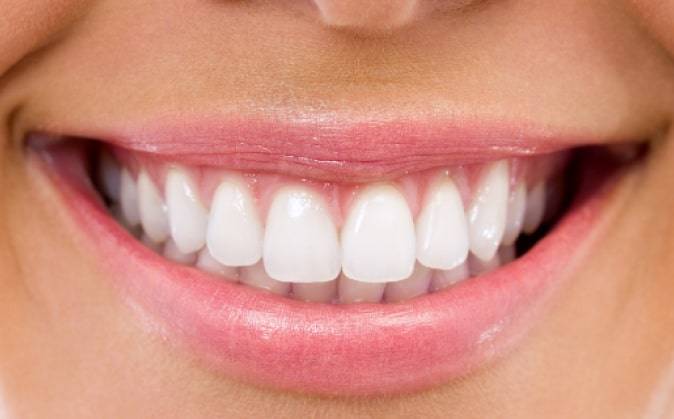Building Bright Smiles: Expert Tips to Safeguard Oral Health of Children
Maintaining good oral health is crucial for children, as it not only ensures healthy teeth and gums but also contributes to their overall well-being. Dental cavities, also known as dental caries or tooth decay, are prevalent among young children. However, with a few simple tips and tricks, parents and caregivers can help prevent oral cavities and instill lifelong oral hygiene habits in children below 10 years old. Establishing proper toothbrushing habits in young children is essential for their oral health and overall well-being. Teaching them the perfect way to brush their teeth ensures that they develop good oral hygiene practices early on. In this article, we will explore effective techniques that make toothbrushing an enjoyable and effective experience for young children.
Establish Consistent Oral Hygiene Practices: Start early by gently cleaning your child’s gums with a soft cloth or infant toothbrush even before the first tooth erupts. Once teeth appear, use a small, soft-bristled toothbrush and fluoride toothpaste in pea-sized amounts. Encourage children to brush their teeth twice a day, ensuring they reach all surfaces and brush for at least two minutes each time.
Teach Proper Brushing Techniques: Demonstrate the correct brushing technique to your child, emphasizing the importance of brushing all sides of the teeth and along the gumline. Encourage gentle, circular motions rather than harsh scrubbing. Supervise young children to ensure they brush thoroughly and spit out the toothpaste but not rinse with water afterward to allow the fluoride to continue protecting their teeth.
Choose the Right Tools: Start by selecting a soft-bristled toothbrush specifically designed for children. The brush head should be small enough to fit comfortably in their mouths and have a fun, engaging design. Additionally, opt for a fluoride toothpaste approved by dental professionals for children’s use.
Set a Positive Environment: Create a positive and engaging environment for toothbrushing. Choose a well-lit and comfortable space, such as the bathroom, where you can guide and supervise your child. Play their favorite music, sing a toothbrushing song, or use a colorful timer to make it a fun activity.
Demonstrate the Technique: Children learn best through observation. Show them the proper technique by demonstrating it yourself. Stand in front of a mirror with your child and explain each step as you brush your own teeth. Encourage them to mimic your actions and movements.
The Two-Minute Rule: Emphasize the importance of brushing for a full two minutes. To make it more engaging, use a timer or a toothbrushing app with interactive visuals or songs to help your child keep track of time. This ensures that all teeth receive adequate attention and thorough cleaning.
Gentle Circular Motions: Teach your child to use gentle circular motions while brushing. Emphasize that they should brush all tooth surfaces, including the front, back, and chewing surfaces. Encourage them to hold the toothbrush at a 45-degree angle towards the gumline to effectively clean along the gum margin.
Don’t Forget the Tongue: Instruct your child to brush their tongue gently to remove bacteria and freshen their breath. Explain that a clean tongue contributes to overall oral hygiene and helps prevent bad breath.
Encourage Flossing: As soon as adjacent teeth emerge, introduce flossing to remove plaque and food particles from between the teeth. Use floss picks or floss holders designed specifically for children to make it easier and more enjoyable for them. Flossing should be incorporated into the daily oral hygiene routine, ideally before bedtime.
Promote a Balanced Diet: A healthy diet plays a vital role in maintaining good oral health. Encourage your child to consume a variety of nutrient-rich foods, including fruits, vegetables, whole grains, and dairy products. Limit sugary snacks, soft drinks, and sticky candies, as they contribute to tooth decay. Instead, offer healthier alternatives like fresh fruit, cheese, or yogurt as occasional treats.
Limit Sugary Beverages: Sugary drinks such as fruit juices, sodas, and sports drinks can be harmful to teeth. Encourage your child to drink water, which not only hydrates but also helps wash away food particles and acids that can damage tooth enamel. If your child does consume sugary beverages, encourage them to use a straw to minimize contact with the teeth and follow up with a drink of water to rinse the mouth.
Regular Dental Check-ups: Schedule regular dental visits for your child, starting from their first birthday or within six months after their first tooth erupts. Regular check-ups allow the dentist to monitor oral health, detect any potential issues early on, and provide professional cleanings. Dental professionals can also offer personalized advice on oral hygiene and address any concerns you may have.
Lead by Example: Children learn by observing and imitating their parents and caregivers. Make oral hygiene a family affair by brushing and flossing together. Your enthusiasm and positive attitude towards oral health will motivate and encourage your child to follow suit.
Maintaining good oral health in children is a proactive approach that can prevent oral cavities and set the foundation for a lifetime of healthy smiles. By establishing consistent oral hygiene practices, teaching proper brushing and flossing techniques, promoting a balanced diet, and ensuring regular dental check-ups, parents and caregivers can play a significant role in safeguarding their children’s oral health. Remember, investing in oral health at an early age will reap long-term benefits for your child’s overall well-being.










